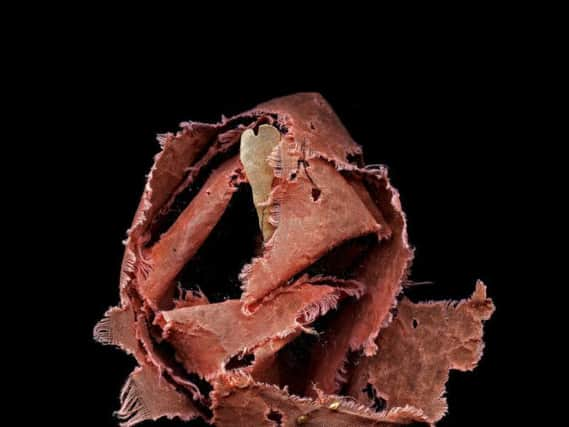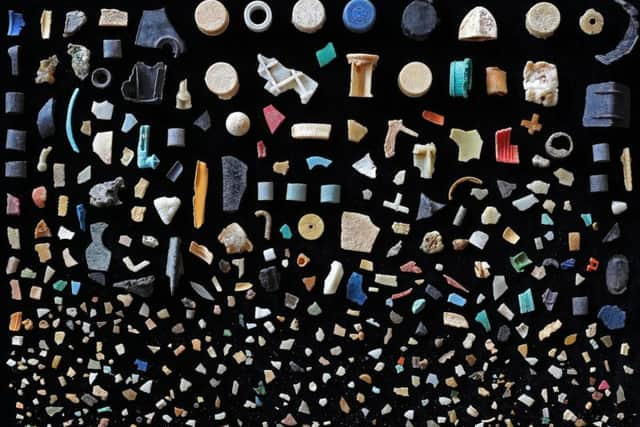Award-winning photographer Mandy Barker brings her work to Bradford’s Impressions Gallery


The work of the award-winning photographer is showcased in Our Plastic Ocean, the latest exhibition at Bradford’s Impressions Gallery. Barker, who was born in Hull, recalls that as a child she enjoyed beachcombing with her parents on Spurn Point.
Bradford leaders to share City of Culture 2025 vision after success of Hull“I used to collect driftwood and shells and other stuff that washed up on the shore,” she says. “Over time, going back to visit, I noticed that there was more and more plastic washing up and then about 10 years ago when I was doing a photography course I thought I could make a series of photographs about it. That was quite a successful project – the work went viral – so I decided I wanted to continue to raise awareness about plastics in the ocean.”
Advertisement
Hide AdAdvertisement
Hide AdBritish art in changing world under the spotlight at Hull’s Ferens GalleryAnd that is exactly what she has spent the past decade doing. Collecting debris from shorelines all over the world, Barker transforms them into aesthetically pleasing, thought-provoking compositions that speak eloquently to the viewer about this growing environmental problem. The tension between the exquisite beauty of the images – which at first glance look like unusual sea creatures or corals suspended balletically in the dark ocean depths – and the grim reality they represent is palpable.


“Early on I was invited to do a talk in Hong Kong alongside a scientist there and that’s when I did the photograph of the pieces of plastic that had been found inside the stomach of an albatross chick. There were 276 different pieces of plastic, I laid them on the floor of my hotel room and shot the picture. I think it is still one of the most shocking images I have ever taken.”
Barker’s work is a perfect example of the unique ability of art to communicate urgent ideas. Her life has, she says, “taken a different turn” since her decision to focus on plastics. She is much in demand by scientists researching in this area because they know that her images can reach a much wider audience.
The Yorkshire statues and sculptures that have inspired a new exhibition“A lot of their research is written up in scientific journals and academic papers which most people don’t get to see, so if I can make it more accessible to the public, that’s great,” she says. “My aim is for the viewer to take a look at the image, appreciate its beauty and then read the caption and realise what it actually is.”
Advertisement
Hide AdAdvertisement
Hide AdBarker has spoken at many international conferences and is a committed campaigner, using her art to try and make a difference. “While the subject is now more recognised – and hopefully I have had something to do with that – it is almost like people feel they don’t need to do anything because it is being talked about. That’s not true we have to act on this, too.”
In June she travelled with a team of scientists to Henderson Island, a remote, uninhabited Pacific island which, depressingly, has the highest density of plastic waste anywhere in the world – and from that trip she is working on a new series of images.
“It is a collaboration between art and science – it is almost like I am giving science a visual voice in a way,” she says. “It is down to me as an artist to get that message out there and shock the world into action.”
At the Impressions Gallery, Bradford until September 21.